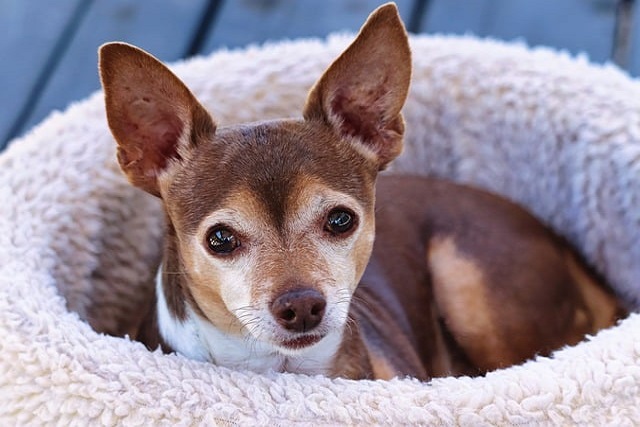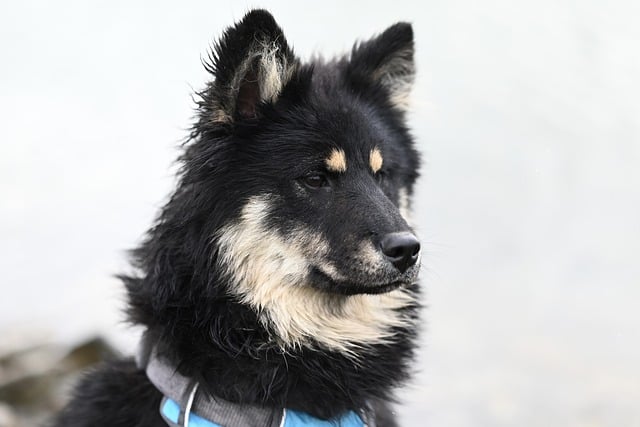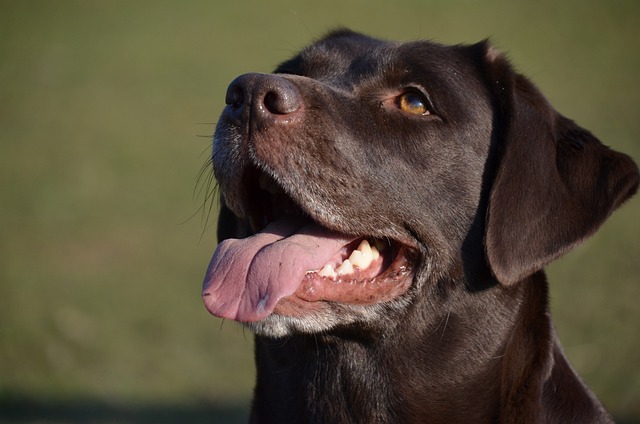
Do pitbulls need jackets in the winter?
In the cold winter, pet owners always worry about whether their pets can survive the cold weather. As a dog breed that has received much attention,
When a Samoyed enters our lives, its cloud-like fluffy white fur can instantly brighten the whole world. With angelic smiles and fur fluttering in the wind as they run, they seem to glow from within. However, the day we find Samoyed fur floating everywhere at home—on sofas, floors, and clothes—with their once-lustrous coat becoming sparse, it naturally worries owners. Samoyed hair loss is a common issue many owners face, with multiple potential causes. Understanding these and finding solutions are key to safeguarding their beauty and health, combining professional care knowledge with deep love for our furry companions.
Physiologically, seasonal molting is a common cause of hair loss in Samoyeds. As a breed native to cold regions, Samoyeds have a thick double coat: a coarse outer guard hair that repels wind and rain, and a soft inner down that provides warmth. Every spring and autumn, with temperature changes, Samoyeds undergo heavy molting. In spring, they shed their thick winter coat to adapt to the hot summer; in autumn, they lose some fur to grow a new dense winter coat. During molting seasons, their hair loss is "astonishing"—a gentle combing removes large amounts of fur, as if a "white snowfall" fills the home. This is an instinctive response to environmental changes, similar to how we change clothing thickness with seasons. While molting requires more grooming, it is a normal physiological process that can be managed with proper care.
Beyond seasonal molting, diet can also cause hair loss in Samoyeds. Long-term feeding of nutritionally unbalanced food, lacking key nutrients like protein, vitamins, and minerals, disrupts normal hair growth. Protein is the main component of hair; its deficiency makes fur fragile, prone to breakage, and excessive shedding. Vitamins and minerals are equally vital for skin and coat health—for example, B vitamins promote skin metabolism, and their deficiency may trigger hair loss. Additionally, feeding Samoyeds human food, especially high-salt dishes, burdens their kidneys and causes dry, brittle fur. Just as poor soil cannot nourish robust plants, an unhealthy diet struggles to maintain a Samoyed’s coat luster and density.
Skin diseases are another significant factor in Samoyed hair loss. Their thick fur creates a warm, humid environment for skin, prone to bacterial or fungal infections. Fungal dermatitis (e.g., ringworm) causes circular or oval bald patches with dandruff and itching, while mite infestations lead to redness, hair loss, and frequent scratching or biting. These skin issues not only distress Samoyeds but also severely damage coat health. Allergic reactions can also cause hair loss—Samoyeds may be allergic to pollen, dust mites, certain foods, or medications, leading to itchy, inflamed skin and hair loss from scratching.

To address Samoyed hair loss, multiple measures can be taken. Diet-wise, choosing high-quality, nutritionally balanced dog food is fundamental. Premium kibble rich in protein, vitamins, and minerals supports healthy coat growth. For example, dog food with deep-sea fish oil provides Omega-3 fatty acids to nourish fur, making it smoother and shinier; formulas with added vitamins and minerals boost skin and coat resilience. Avoid feeding human food, especially salty or greasy items. Supplementary hair-friendly foods like egg yolks, carrots, and salmon can be given in moderation to prevent obesity or other issues.
Daily care is crucial for reducing hair loss. Brushing Samoyeds daily not only removes loose fur and prevents tangles but also improves skin circulation for new hair growth. During molting seasons, use a pin brush or slicker brush to gently remove undercoat fur from the roots in the direction of hair growth. Regular bathing is important, but frequency should be controlled—7–10 days in summer and 15–20 days in winter—to avoid stripping natural skin oils and causing dryness. Use pet-specific shampoos matched to their skin type, avoiding harsh chemicals.
If hair loss is due to skin disease or allergies, seek veterinary care promptly. Veterinarians will diagnose causes through professional exams (e.g., skin scrapings, allergy tests) and provide targeted treatment. Fungal/bacterial infections may require topical creams or oral medications; allergic reactions involve avoiding triggers and using antihistamines. Follow vet instructions strictly during treatment and provide meticulous care to aid recovery.
Samoyeds bring endless joy to our lives with their pure smiles and loyal companionship. When the coat issues arise, we should face them with patience and love, using professional knowledge and careful care to help them regain their lustrous fur. Every gentle stroke while brushing and every thoughtful meal preparation are heartfelt responses to their precious companionship. Let us work together to protect their snow-white coats, so they can continue running joyfully in our lives with radiant smiles.

In the cold winter, pet owners always worry about whether their pets can survive the cold weather. As a dog breed that has received much attention,

As we walk our dogs at sunset, watching them wag their tails joyfully and savoring the warmth of companionship, i

When we watch dogs frolic and jump with unrestrained joy, their vibrant figures are the warmest source of healing in life.

When we reach out to pet our normally lively and adorable dog, we are met with it constantly scratching and biting its skin,

When a furry paw pats your palm and a wet nose rubs your cheek, the warmth and healing are enough to melt all the fatigue. However, for people with dog allergies, this close contact may bring endless troubles.

As owners, we always want to give our dogs meticulous care, and oral cleaning is an indispensable but often neglected part of this care.